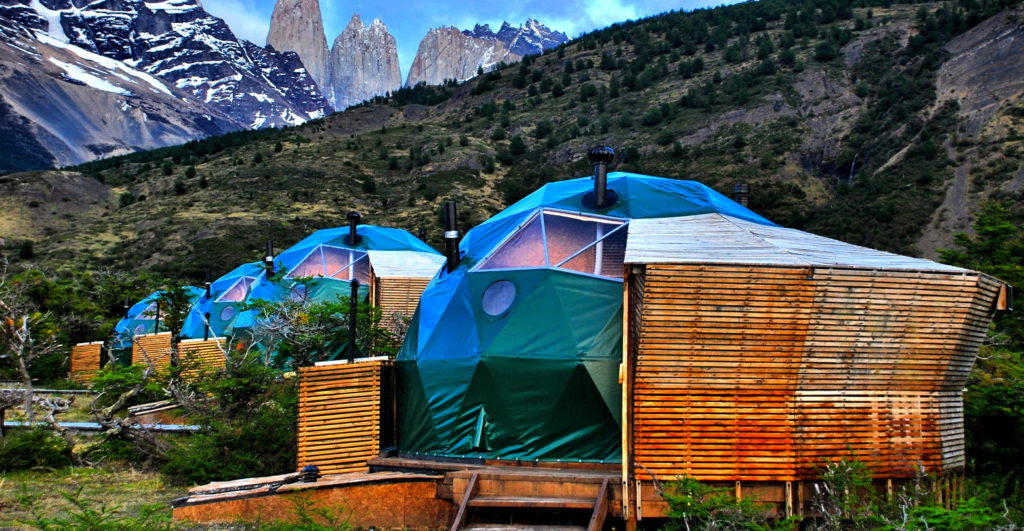
Parties leave behind more than memories. They leave waste. Plastic plates, single‑use decorations, party bags stuffed with cheap trinkets — none of that has to be inevitable. With smart planning, you can throw a bash that’s festive, fun, and friendlier to the planet.
We throw parties to celebrate life. Yet in their wake, the waste we generate doesn’t celebrate anything. The average gathering produces plastics, food waste, decorations, packaging, and more — all of which add up in landfills, incinerators, or polluted waterways.
Every party is like a microcosm of broader consumption. When you choose reusable plates over disposables, compost food scraps instead of dumping them, and go for digital invites rather than printing, you shrink that footprint. Those are not marginal choices — they are part of a collective shift toward waste reduction, resource preservation, and lower emissions.
But the impact doesn’t stop with your own trash can. Hosting a greener event has a second, equally potent effect: it inspires others. Behavioral science shows that social norms and peer influence strongly shape our environmental habits. A systematic review of behavioral interventions found that visible cues, prompts, and commitments can shift waste behaviors in meaningful ways.
When your guests see careful sorting bins, composting stations, and reuse in action, they internalize that sustainability is not a niche — it’s normal. In social psychology, such visible “green cues” act as signals: you’re saying, “We care enough to do this.” Over time, those guests may carry similar habits into their homes, workplaces, and future celebrations.
Here’s what you could do with your next party.
1. Send Digital Invites (Or Use Low‑Impact Paper)
Skip printed cards. Use online birthday invites. Services today let you design attractive, themed digital invites, with plenty of online invitation templates to choose from. You notify your guests, get RSVPs in real time, and avoid paper waste in everyone’s recycling bin. As National Geographic says: “(Digital) invitations … look just like the real thing, but without the pileup in someone’s recycling bin.”
If you still want a physical invite, use recycled or seeded paper that can be planted or composted. But digital first is the move.
2. Set the Tone in the Invite
Don’t hide your intention. Use the invite (digital or paper) to indicate that this will be a low‑waste or plastic‑free event. That way guests arrive with the right mindset. You can even ask guests to bring reusable cups or state “plastic-free party” on the invite.
You can also include public transport or carpool suggestions to reduce the carbon impact of travel.
3. Choose a Venue That Supports Recycling and Composting
It’s easier to manage waste when the venue helps you. Pick a space that already has compost bins, recycling stations, and clear waste signage.
If you’re hosting at home, rent or borrow clear bins with labels (e.g. “Compost,” “Recycle – Glass / Metal / Paper,” “General Waste”) and position them where people are.
4. Rent or Use Reusables — not Disposables
Disposable items are party kryptonite. Instead, rent plates, glasses, cutlery, and cloth napkins from a party hire company. Use washable materials.
If renting isn’t possible, lean on your network. Borrow from friends, or build a “party kit” (plates, cups, utensils) that you reuse across events. As users in low‑waste communities suggest, such kits pay off over time.
If you must use disposables, choose certified compostable or biodegradable options (e.g. palm leaf, sugarcane fiber) — and ensure they go to a composting facility, not landfill.
5. Plan a Low‑Impact Menu
Food has a big footprint. Here’s how to cut it:
- Go plant-based or vegetarian. Meat production is a major driver of emissions. Even offering a few plant‑based options makes a difference.
- Buy locally and in bulk. Source seasonal produce from local farmers or markets. Avoid individually packaged processed foods.
- Serve “grab‑and‑go” or self-serve bulk style. Use bowls, jugs, dispensers. This reduces overpackaging and waste.
- Manage leftovers smartly. Ask guests to bring containers to take food home. Donate excess to neighbors or local charities. Or freeze for later.
6. Create Durable or Reusable Decorations
The “decorate once and toss” model is outdated. You can do much better.
Use materials you already own: fabric scraps, jars, old magazines. Make paper chains from scrap paper, bunting from fabric, and collages from old magazines.
Use plants, potted flowers, branches, or foliage from your garden. After the party, replant or compost.
Ditch balloons and single-use plastic streamers. A Guardian article recently urged hosts to “ban the balloons” in favor of paper, fabric, or natural alternatives, citing environmental harm.
Store your decorations and reuse them next time. Many in zero waste communities reuse banners year after year.
7. Engage Guests in the Experience
Make sustainability part of the fun, not a chore.
Host creative, eco-themed activities: upcycling crafts, seed-planting stations, fabric bunting workshops.
Use games that require no waste or that reuse materials.
Encourage guests to decorate reusable items (tote bags, handkerchiefs) instead of creating disposable crafts.
Kids and adults alike will appreciate being part of the solution — not just observers.
8. Skip Traditional Party Favors or Rethink Them
Classic goody bags are often throwaway loot.
Replace with a small plant (succulent, seed packet) or a decoration guests can take home and enjoy. Mini plant pots and soil can be sweet parting gifts.
DIY favors — homemade treats, crafts, or experiences — are better than plastic toys.
Or eliminate favors altogether: take-home a slice of cake or a photo. Some hosts just write “no goody bag” on the invite.
9. Manage Waste During the Event
Waste sorting matters. A party that claims “green” but dumps everything into garbage misses the point.
Place labeled bins for compost, recycling, and landfill in clear view.
Enlist a helper or two as “waste guides” to direct guests. Many festivals use volunteers for this.
After the event, separate and clean what can be reused. Compost the organic. Recycle the rest.
10. Reduce Impact of Transportation and Timing
Even choices about when and how people arrive affect your carbon footprint.
Invite guests to carpool, walk, or use public transport. Include routes in your invite.
If possible, host in a location central to most guests to reduce travel emissions.
Time your party so guests can combine it with errands or stops, avoiding extra trips.
A greener party doesn’t demand sacrifice — it demands savvy. Use digital invites. Rent, don’t buy. Choose plant-based menus. Reuse decorations. Engage your guests. Track waste. Channel creativity into sustainability. You’ll host an event people remember for joy — not the trash.
Your next party can leave behind laughter and memories — not landfills. Let’s throw smarter, cleaner, greener.



